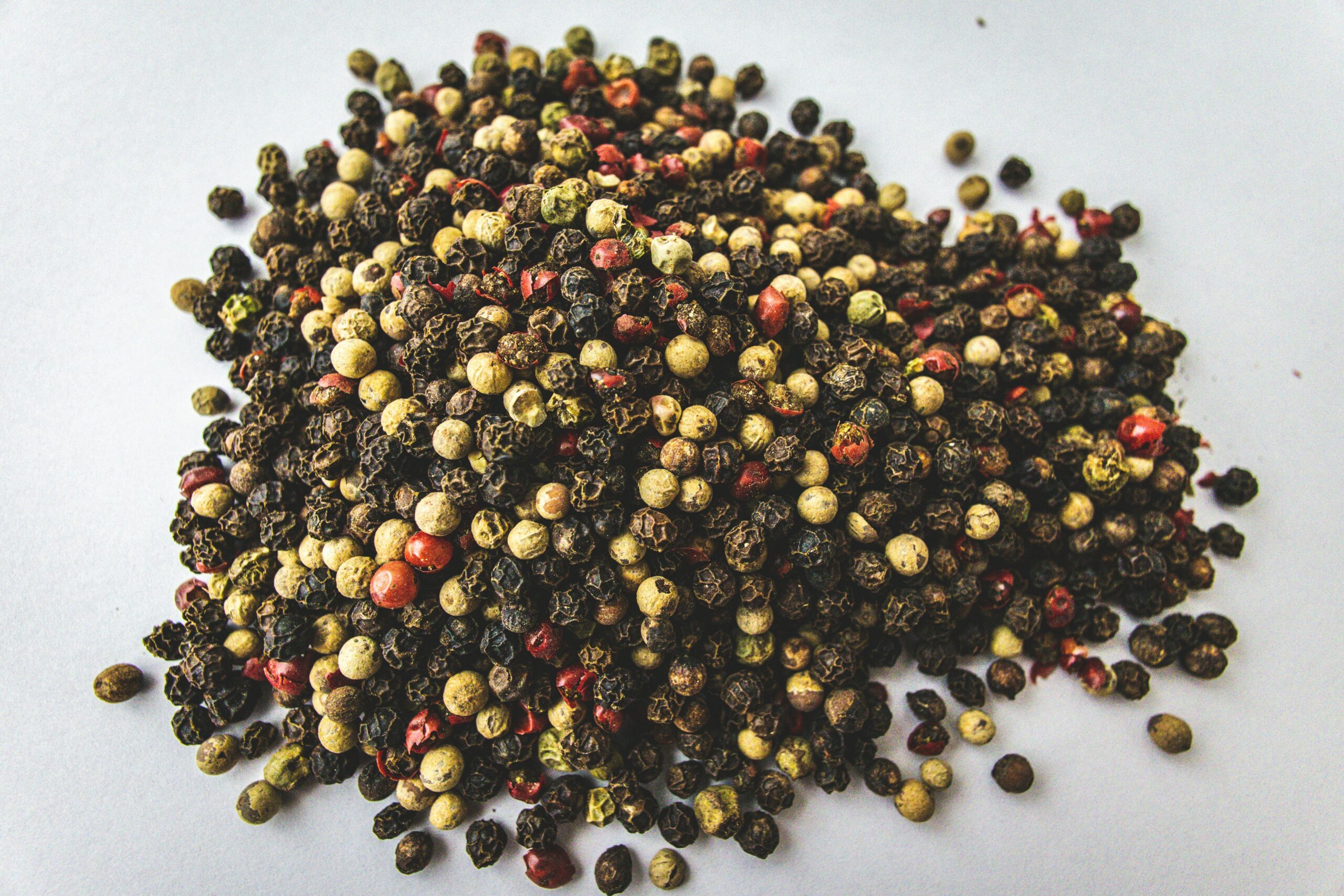“Have you ever wondered why your hunting dog turns up their nose at mealtime, despite burning thousands of calories in the field? You’re not alone.”
If you’re a hunting dog owner or trainer, you know how critical nutrition is for performance. But here’s the catch: even the most nutrient-packed food won’t work if your dog refuses to eat it. That’s where palatability enhancement comes into play. This guide dives deep into what makes specialized hunting dog food irresistible, actionable steps to boost its appeal, and mistakes to avoid so your dog’s meals go from ‘meh’ to ‘more please.’
Table of Contents
- Key Takeaways
- Why Palatability Matters for Hunting Dogs
- How to Enhance Palatability in Your Dog’s Food
- 5 Expert Tips for Maximizing Palatability
- Real-World Success Stories
- FAQs About Palatability Enhancement
Key Takeaways
- Hunting dogs require high-energy diets that are also palatable enough to encourage consistent consumption.
- Palatability can be enhanced through texture variations, aroma boosters, and ingredient quality optimization.
- Avoid overprocessing or relying on artificial flavorings, which may harm long-term health.
- Case studies show significant improvements in both intake and performance when using tailored palatability strategies.
Why Palatability Matters for Hunting Dogs

Here’s the brutal truth: A hunting dog’s energy needs are off the charts. According to the American Kennel Club (AKC), these working canines burn up to 1,000 extra calories per day during peak training or hunting seasons. But all those fancy nutrients don’t mean squat if your pup snubs their dish!
I’ll admit—early on, I made the rookie mistake of assuming “high protein” automatically meant “chow down.” Spoiler alert: It doesn’t. My German Shorthair Pointer gave me side-eye for weeks after serving her bland kibble labeled as “performance-grade.” She wasn’t being dramatic; she was telling me something important about taste and smell preferences.
Grumpy Optimist Dialogue:
Optimist Me: “Just give them any premium food, and they’ll devour it!”
Reality Check Me: “Ugh, fine—but only if coffee’s involved while I figure this out.”
The Science of Flavor Appeal
Dogs rely heavily on scent and mouthfeel. Research shows that certain proteins like venison or bison naturally have stronger aromatic profiles than standard chicken or beef. Incorporating fats like salmon oil not only ramps up flavor but also supports coat health—a win-win for an active breed.
How to Enhance Palatability in Your Dog’s Food

Okay, let’s dive into the nitty-gritty. Here’s how you can turn your picky eater into a plate-cleaner champ:
Step 1: Choose High-Quality Base Ingredients
Select formulas rich in recognizable proteins such as duck, lamb, or rabbit. Avoid mystery meats listed as “meat by-products”—your dog deserves better.
Step 2: Add Natural Toppers
Top your dog’s dry food with a little unsalted broth, shredded chicken, or pumpkin puree. These additions stimulate appetite without compromising nutrition.
Step 3: Rotate Proteins Frequently
Monotony kills excitement—even in pets! Rotate between different protein sources every few months to keep things fresh and prevent dietary boredom.
Step 4: Consider Texture Variety
Mix crunchy kibble with softer options like canned food or freeze-dried raw bits. Many dogs love the combination of chewy and crispy textures—it’s basically chef’s kiss for their palate.
Step 5: Monitor Dietary Preferences
Observe what your dog consistently goes gaga for. Does she prefer savory over sweet? Savvy hunters often lean toward umami-rich flavors like liver or cheese.
5 Expert Tips for Maximizing Palatability
- Don’t Overdo Artificial Flavors: While tempting, additives can mask nutritional value and lead to digestive issues.
- Incorporate Omega Fatty Acids: Fish-based oils boost aroma and support joint health—a double whammy for hardworking hounds.
- Serve Meals Warm: Slightly heating food releases aromas, making it irresistible.
- Stay Consistent With Brands: Frequent brand switching can confuse sensitive stomachs.
- Reward with Treats Wisely: Use snacks sparingly so your dog sees their main meal as equally rewarding.
Real-World Success Stories
Case Study: From Picky Eater to Power Performer
Meet Max, a Vizsla who struggled to maintain weight during competitive trials. His owner, Sarah, experimented with various brands before settling on a diet combining freeze-dried duck kibble topped with a small spoonful of bone broth. Within weeks, Max’s stamina improved dramatically. “He eats his meals faster now,” Sarah reports, “and he’s performing better than ever!”
This story underscores one thing clearly: personalized palatability enhancements yield measurable results.
FAQs About Palatability Enhancement
Q: Can palatability enhancers replace proper diet planning?
Nope. Enhancements are just icing on the cake. Always prioritize balanced nutrition tailored to your hunting dog’s specific activity level.
Q: Is there such a thing as too much variety?
Yes, flipping between wildly different foods weekly could upset delicate tummies. Aim for gradual changes instead.
Q: What’s the worst advice regarding hunting dog feeding?
Giving table scraps regularly is a recipe for disaster. Not only does it unbalance the diet, but some human foods are toxic to dogs.
Conclusion
Enhancing the palatability of your hunting dog’s food isn’t rocket science—it’s strategy. By focusing on high-quality ingredients, natural flavor enhancers, and thoughtful presentation, you’re setting your furry athlete up for success.
Remember: Nutrition fuels performance, but palatability ensures they actually consume it. And hey, next time someone asks why your dog’s tail wags at mealtime, tell them it’s because you cracked the code to deliciousness.
Bonus Easter Egg: Like mixing peanut butter into ice cream, adding a dash of creativity to your dog’s meals keeps life sweet—and full of wagging tails.


